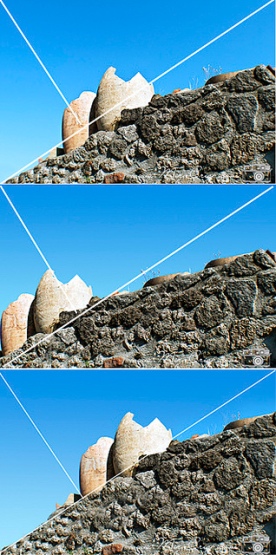CONCEPT
The concept of my photographs is too prove that the rules of composition can be found anywhere even in the smallest of photographs. The whole purpose of this project is to inspire photographers to never miss the opportunity’s for a good photograph, they can be found anywhere even in your back garden, which is where mine are based. This portfolio of work consists of 15 of the best photographs, that I have chosen out of 223 other photographs.
My photographs start from my gate, and finish in my house looking through the back window, and in each one of these photographs I have tried to capture the Rules Of Composition. Its as though your walking into my house from the back, but instead of just walking passed everything you zoom into each individual aspect of the garden, to show the detail and the beauty that most of the time people would just walk straight passed and not take any notice of. After I took my photographs I put them into photo shop and edited a few aspects, to bring the most out of my photographs.
Photograph 1: “Welcome”
Rules Of Composition Used:
– Framing
The idea behind this photograph was to welcome the viewer into my idea. My gate had the perfect frame, to capsulated the full base of my photographs in one picture. When editing this picture I increased the Vibrance and the Saturation of the colours, it creates the affect that the viewer has looked through the hole in my gate and discovered this amazing colourful garden. For me it was an exciting way to begin my photographs. To sum it up, its as though your walking into my subject.
Photograph 2: “The Garden”
Rules Of Composition Used:
– Rule Of Thirds
– View Point
This Photo shows the base of my photographs in a whole. I had the rule of thirds in mind when taking this photograph, aligning the line on the right with the fountain, and the line on the left with the gate. The rule of thirds make for a more interesting and dynamique photograph, I used a tripod when taking this photograph to make sure the camera was straight when taking the photo, I lowered the tripod also to get a lower perspective as though your low down, it just adds a nicer affect onto the photograph.
Photograph 3: “Getting In A Little Closer”
Rules Of Composition Used:
– Cropping
– View Point
This is the first example of macro photography, And where the idea behind my photographs really begins, getting into the detail that people miss when walking passed. Getting down to a good view point, and keeping your camera steady you can take a beautiful photograph like this, you can really focus in on the detail. I took this photo with my camera set to macro, with an aperture setting of f/2.0 this allowed me to get a much sharper shot, and focus in on the detail of the leaf, also reducing the depth of field on the photograph, blurring out the background.
Photograph 4: “Water Drip”
Rules Of Composition Used:
– Cropping
– View Point
– Golden Triangle
In this photograph, I capture some water dripping off of a leaf using Macro photography. Because I couldn’t capture any photographs of insects, I wanted to add some form of life to the subject so I used a watering can on the plant to capture the water. My camera was set to a wide aperture of f/2.0 to lower the depth of field, and focus in on the subject. I used a lower view point than the last photograph also. I attempted to use the Golden Triangle on this photograph, as you can see the leaf is captured in the top right triangle, I aligned the central line along the background.
Photograph 5: “Peppers”
Rules Of Composition Used:
– Cropping
– View Point
In this photograph I used a slow shutter speed to capture the reflection of the light on the pepper’s, just below this subject their is a pool of water the light on the pepper’s where flickering due to the reflection of light from the water, so I used a slower shutter speed of 1/60 of a second, to increase the reflection of light on the pepper. I raised the view point for this photograph, and then set the aperture to f/2.0 to focus in on the subject, and lower the depth of field on the photograph.
After taking this photo I increased the vibrancy and saturation to bring out the orange colouring of the subject.
Photograph 6: “Floating”
Rules Of Composition Used:
– Framing
– Symmetry?
– Background
This is probably one of my favourite pictures out of the bunch. When taking this photograph, I had framing in mind, inspired by one of the first photograph examples of framing I have seen. For some reason I see something quite symmetrical about this photograph, at the back down between the two concrete barriers theirs a symetrical element, but then its broken up by the vibrant orange pepper located in the middle. The surroundings of the pepper have been cancelled out, which in this case is the water the pepper just stands right out from the water.
Photograph 7: “Sky Scraper”
Rules Of Composition:
– View Point
– Background
– Leading Lines
This is my favourite photograph taken from the bunch. To me this photograph really does represent exactly what I was looking for in my first concept. I love the way from the view point I have taken it from, it looks larger than it actually is, like it would tower over the top of us. The blue sky background, really allows the viewer’s eyes to focus onto this sky scraper plant, and then follow the leading lines down the branches to the exploding ends, which almost look like fire works. When taking this photograph I had Stephen Studd’s work in mind.
Photogragh 8: “Sky Scraper Against The City”
Rules Of Composition Used:
– Depth Of Field
– Background
– View Point
When taking this photograph I had depth of field in mind, I tried to create the affect that you was looking at a skyscraper with the city in the background, in the depth of field. Also the background like the last photograph, the blue sky allows the viewer to focus in on the subject. I changed the view point on this photograph to capture the depth of field, and took it from low down like you where looking at the sky scraper from the street.
Photograph 9: “The Leading Lines”
Rules Of Composition Used:
– Experimentation
– Leading Lines?
– Background
– View Point
– Depth Of Field
I was experimenting with this photograph, I had the idea that when taking this photograph that the blue sky background would make the twigs and branches look a little more prominent creating leading lines that take the viewers eyes all over the place, and makes you want to look deeper and find different aspects of the photograph. I took it from a low view point again like the previous photograph, to create the sky scraper look, I also think this photograph has an element of the depth of field. This photograph was taken purely on the basis to inspire photographers to experiment with the different elements of composition, to create a photograph that is unique.
Photograph 10: “On Top”
Rules Of Composition Used:
– View Point
– Leading Lines
When I took this photograph I had the work of Heather Angel in mind, the photograph of the lady bug on top of the flower and its made to look as though its really high up. Using macro phtoography I took this picture, to create the affect that you’ve reached the peak of a plant and its a long way down, using a wide aperture I reduced the depth of field. Theirs a leading line on this photograph, that starts at the peak of the plant and makes the viewer follow it all the way down to the bottom as it gets more blured, I took this photograph from a high view point.
Photograph 11: “Another Perspective”
Rules Of Composition Used:
– Depth Of Field
In this photograph I used a small Aperture to increase the depth of field so it blurs the subject closer to the lens, and allows for the increase of depth of field. This photograph gives the viewer a different perspective to the “On Top” photograph of the same subject, this time from the side.
Photograph 12: “Symmetrical Top”
Rules Of Compostion Used:
– Symmetry and Patterns
The sole purpose of this photograph was to showcase symmetry and patterns, I tried hard to find a natural subject like a leaf to showcase symmetry and patterns, but I settled with this table top instead, simply because it was a great example of symmetry and patterns, its like a mirror image you could split it down the middle and more or less it would be the same, apart from slight differences.
Photograph 13: “Bottle On The Wall”
Rules Of Composition Used:
– Cropping
– Background
In this photograph I wanted to focus on the bottle, it was easy because of the dull background, it really makes the bottle the key focus point in the photograph. After taking the photograph I darkened the colours to give off the affect it was getting late. Another thing I notice about this photograph is that their is an element of depth of field and maybe framing?
Photograph 14: “Dark leafs”
Rules Of Composition Used:
– Cropping
– View Point
In this photograph I wanted to give off the affect that after being out here all day, its getting late so I darkened the colours on photo shop. I wanted this photograph to be the night time version of photograph number 4. I focused in on the leaf using macro photograph, using a wide aperture to lower the depth of field, and again using a low view point.
Photograph 15: “Lets Go In”
Rules Of Composition Used:
– Symmetry
– Depth Of Field
– Background
– Cropping
In this photograph I mainly focused on symmetry, I took the photograph at a fast shutter speed. I wanted the main flame to be as straight as possible, with the two reflections of the flame either side so you could split them down the middle and it would be a complete reflection of each other. Also the black background, allows for the candle to be the main focus point. And their is depth of field because it goes right back to the buildings in the distance. This allows for a more interesting photograph.

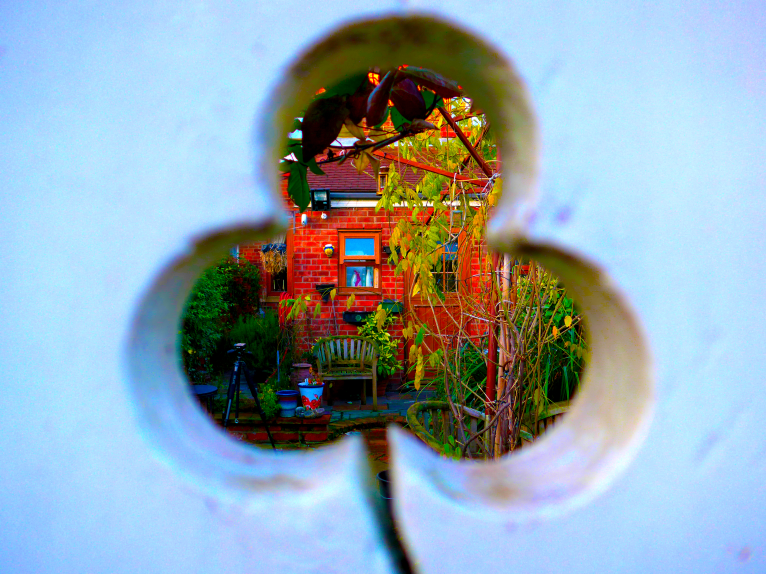
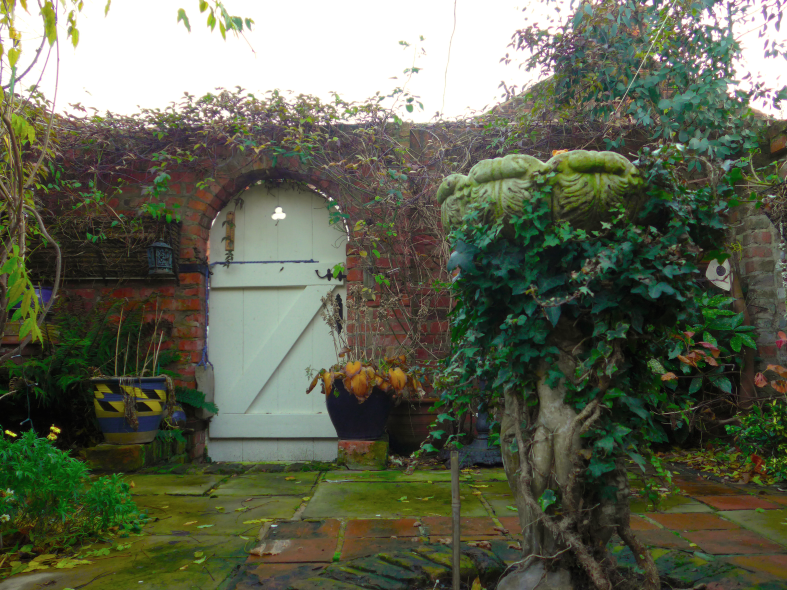
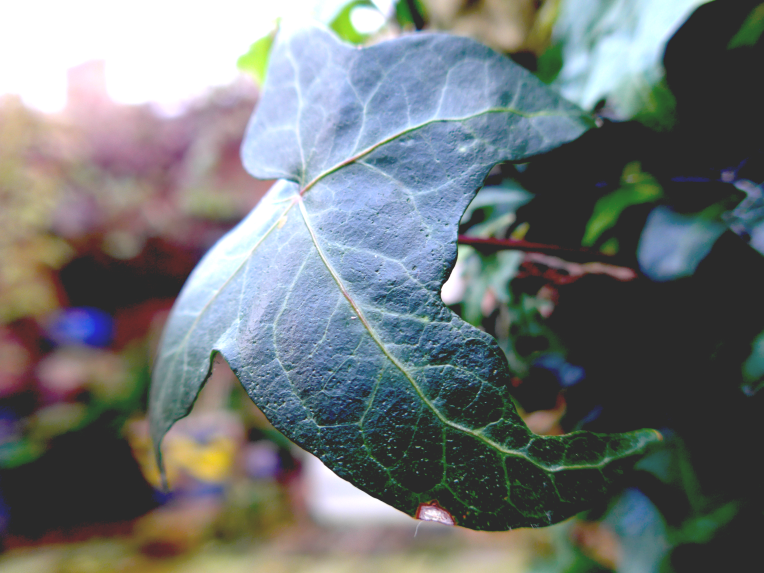
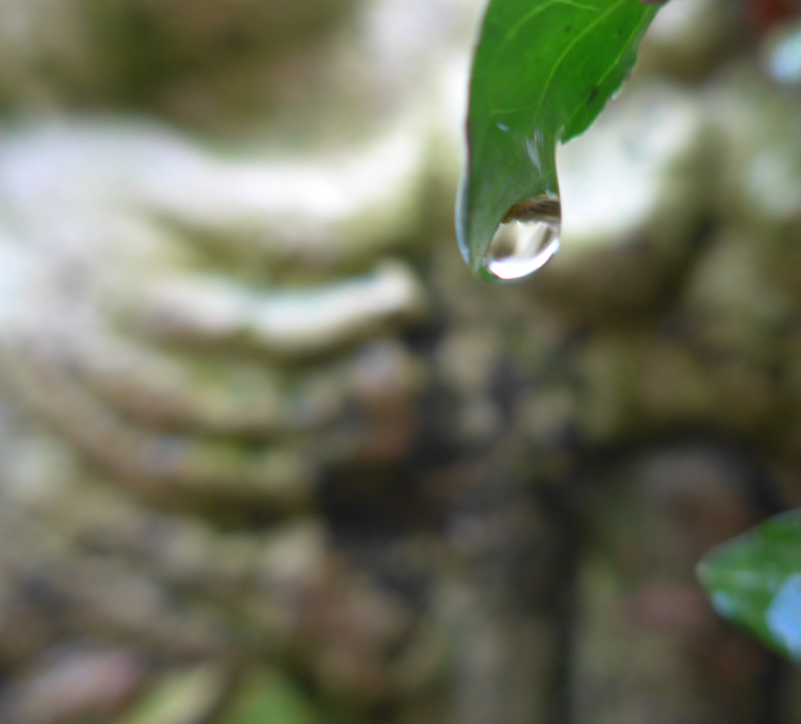
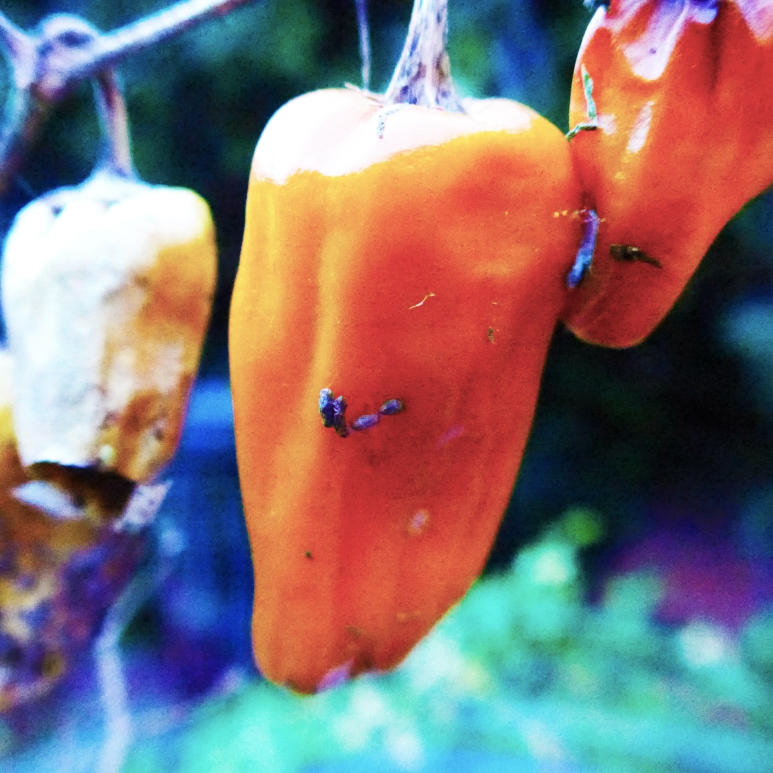

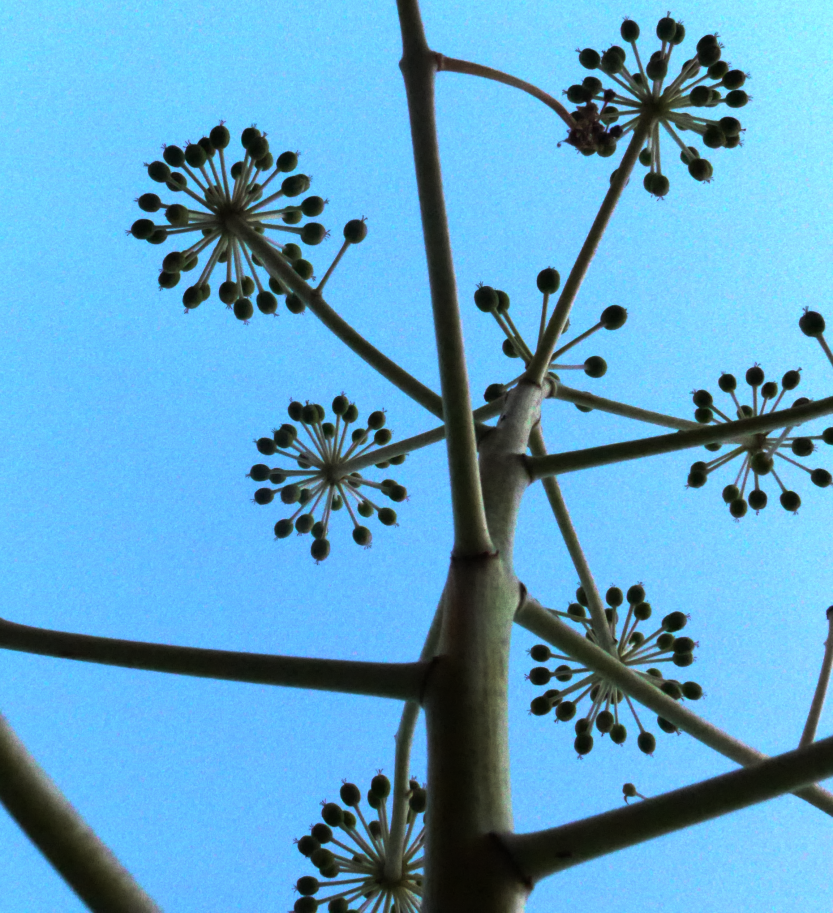

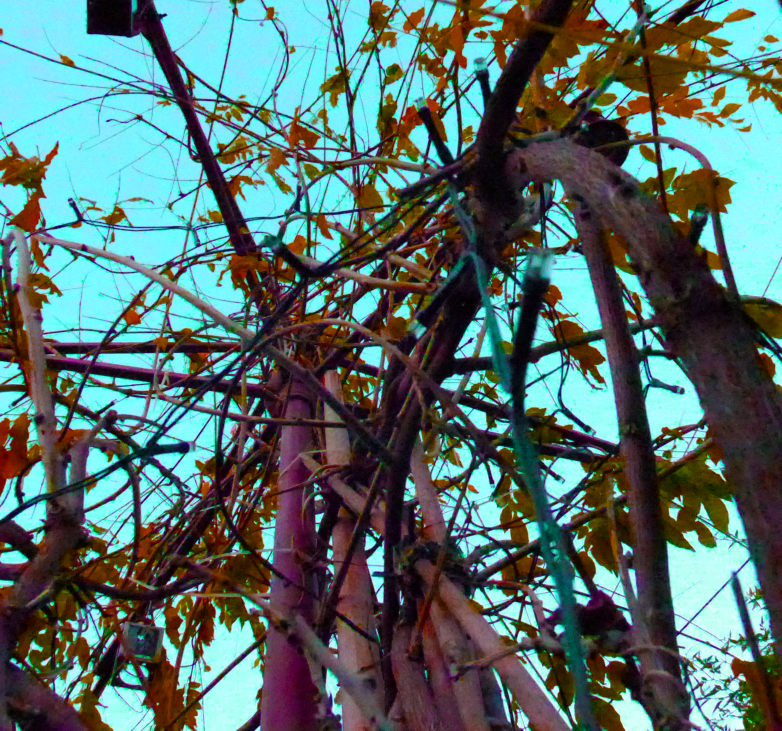
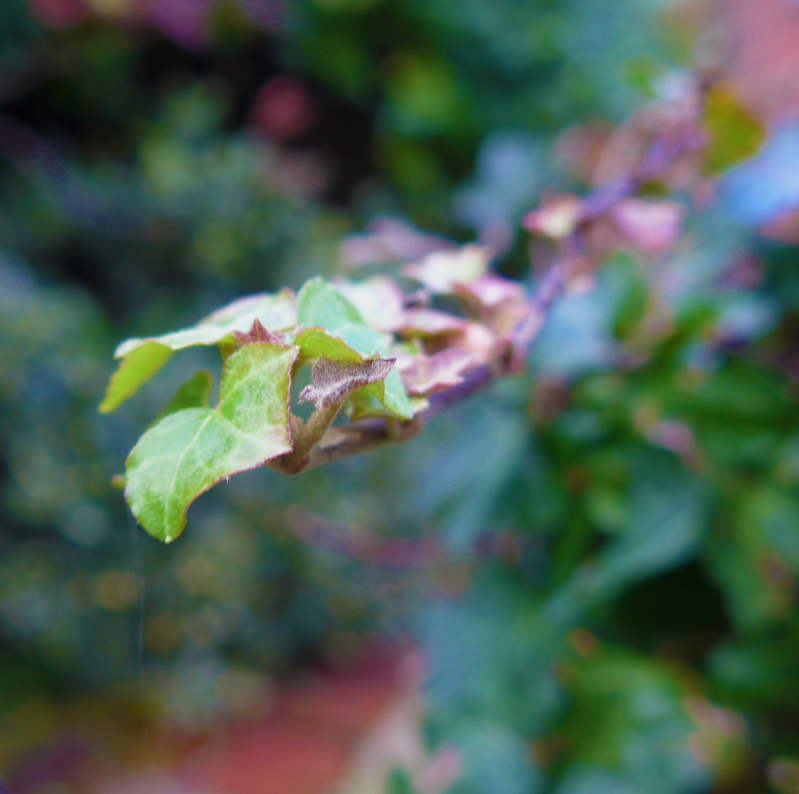
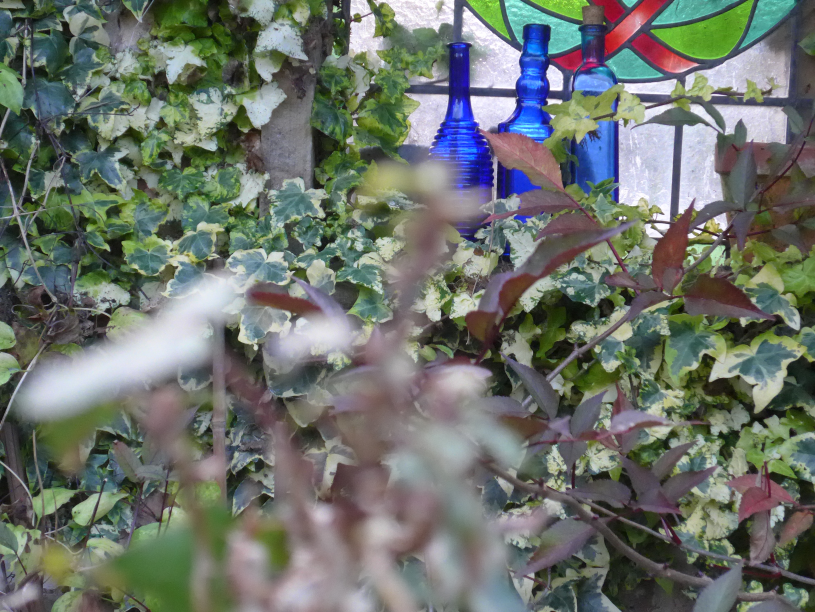

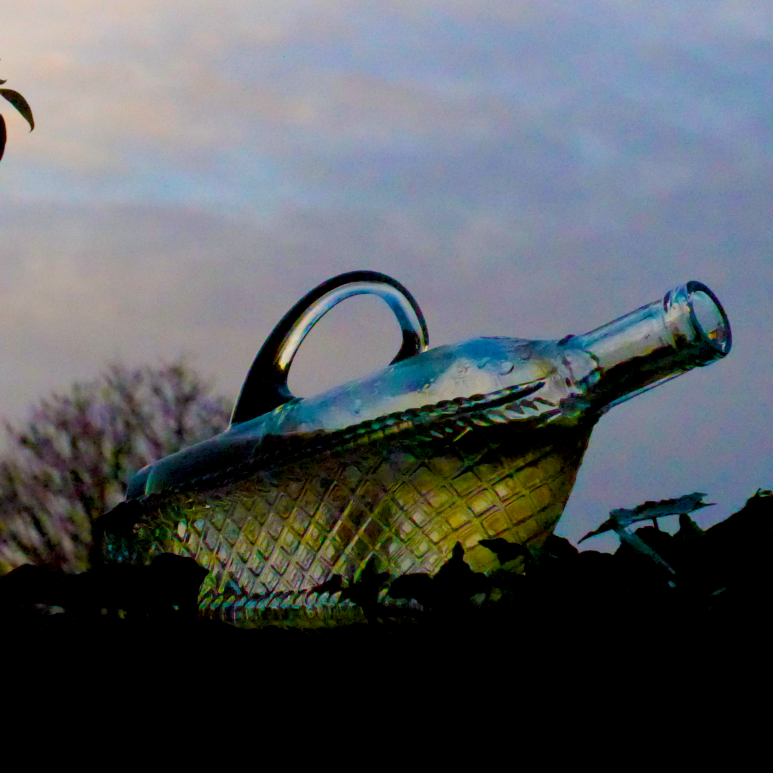
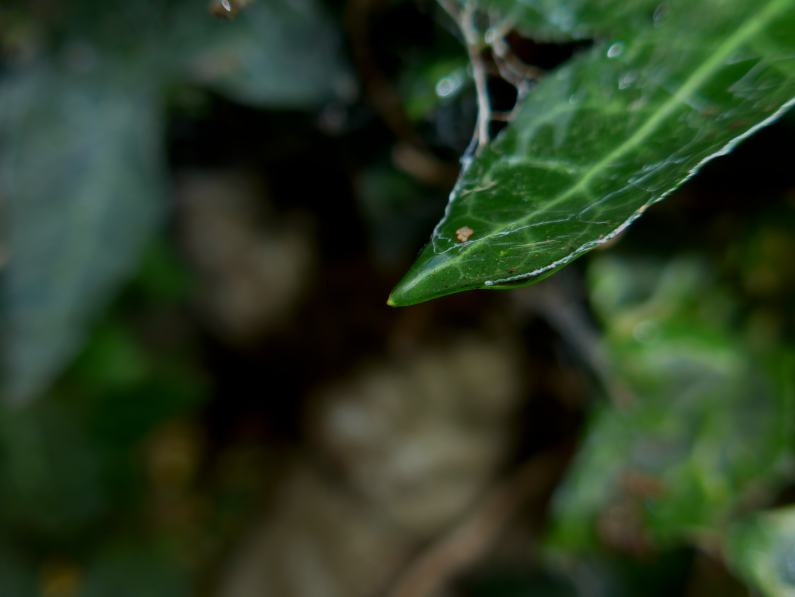

 This photograph by Heather, is one of the first Macro Photographs I came across during my research. I love the way she’s reduced the depth of field in this photograph, and made it look as though this lady bug is really high up, to the insect it will be very high. From looking at the photograph though, it makes you feel as though your looking through the eyes of an insect, I loved this affect, and is one of the biggest inspirations for my concept.
This photograph by Heather, is one of the first Macro Photographs I came across during my research. I love the way she’s reduced the depth of field in this photograph, and made it look as though this lady bug is really high up, to the insect it will be very high. From looking at the photograph though, it makes you feel as though your looking through the eyes of an insect, I loved this affect, and is one of the biggest inspirations for my concept. Newly discovered, which is probably the main source of inspiration for my new concept. Heather has captured “Symmetry and patterns” in this photograph, which made me realise you really can find the rules of composition any where, even in nature.
Newly discovered, which is probably the main source of inspiration for my new concept. Heather has captured “Symmetry and patterns” in this photograph, which made me realise you really can find the rules of composition any where, even in nature. Another photograph of Heather’s I came across, was this photograph of a leaf floating on top of some water. She really has used this opportunity to her advantage, using the water she has created a “frame” and “background” for the leaf, making the leaf the key focus point of the photograph. Something I will be considering when taking my photographs.
Another photograph of Heather’s I came across, was this photograph of a leaf floating on top of some water. She really has used this opportunity to her advantage, using the water she has created a “frame” and “background” for the leaf, making the leaf the key focus point of the photograph. Something I will be considering when taking my photographs.



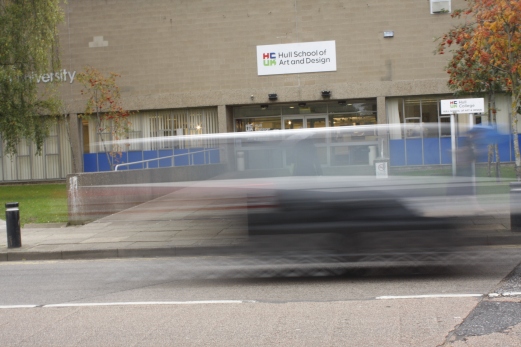 –
–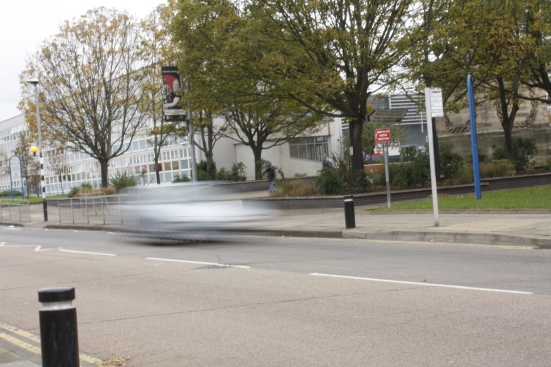
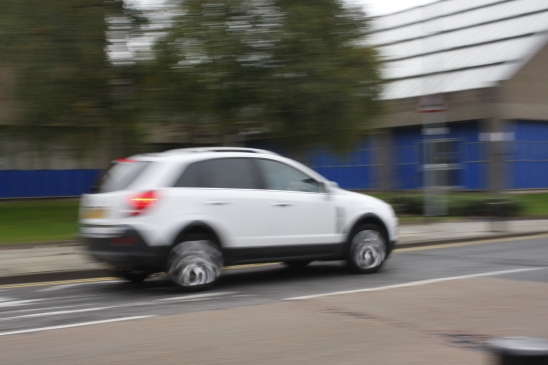
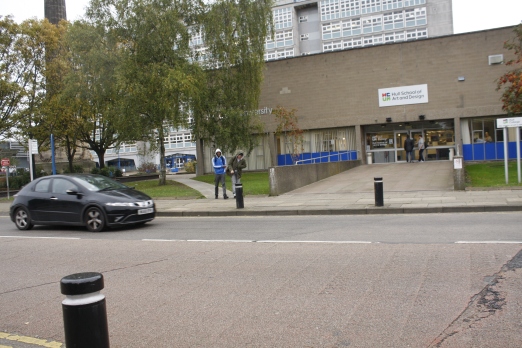
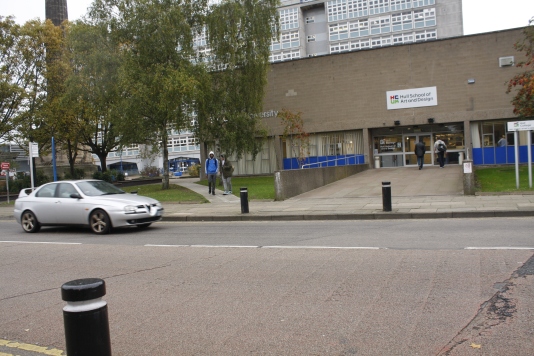





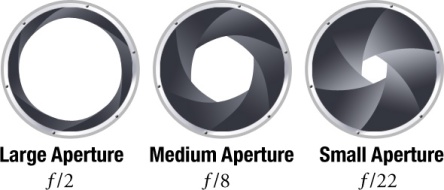
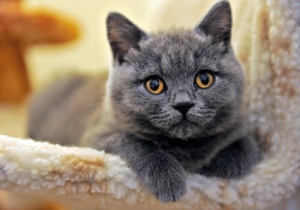
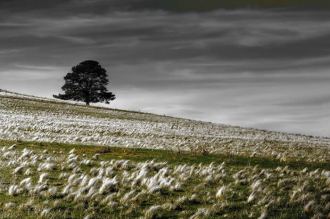
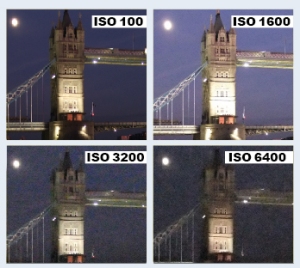
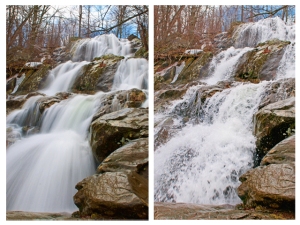
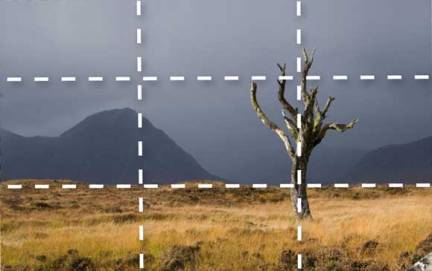
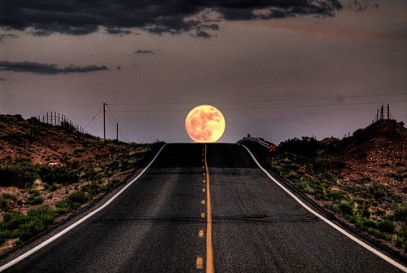


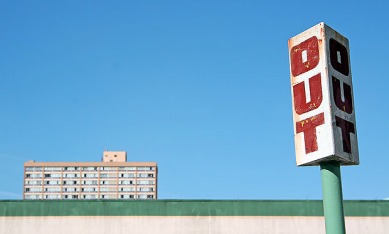

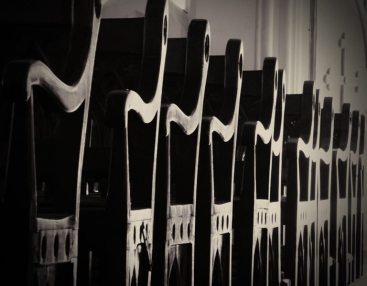

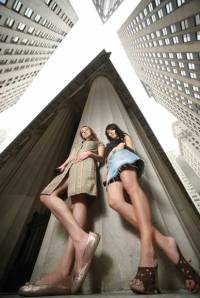
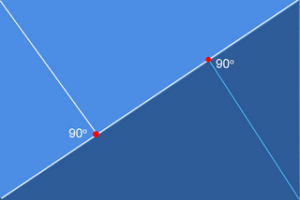 All you have to do when using the golden triangle is make sure you fill one triangle with a subject in your photo, and then allowing the central line to align up with another form of subject in your photograph, this creates a very neat and tidy photograph . Below is an image of the golden triangle being used.
All you have to do when using the golden triangle is make sure you fill one triangle with a subject in your photo, and then allowing the central line to align up with another form of subject in your photograph, this creates a very neat and tidy photograph . Below is an image of the golden triangle being used.